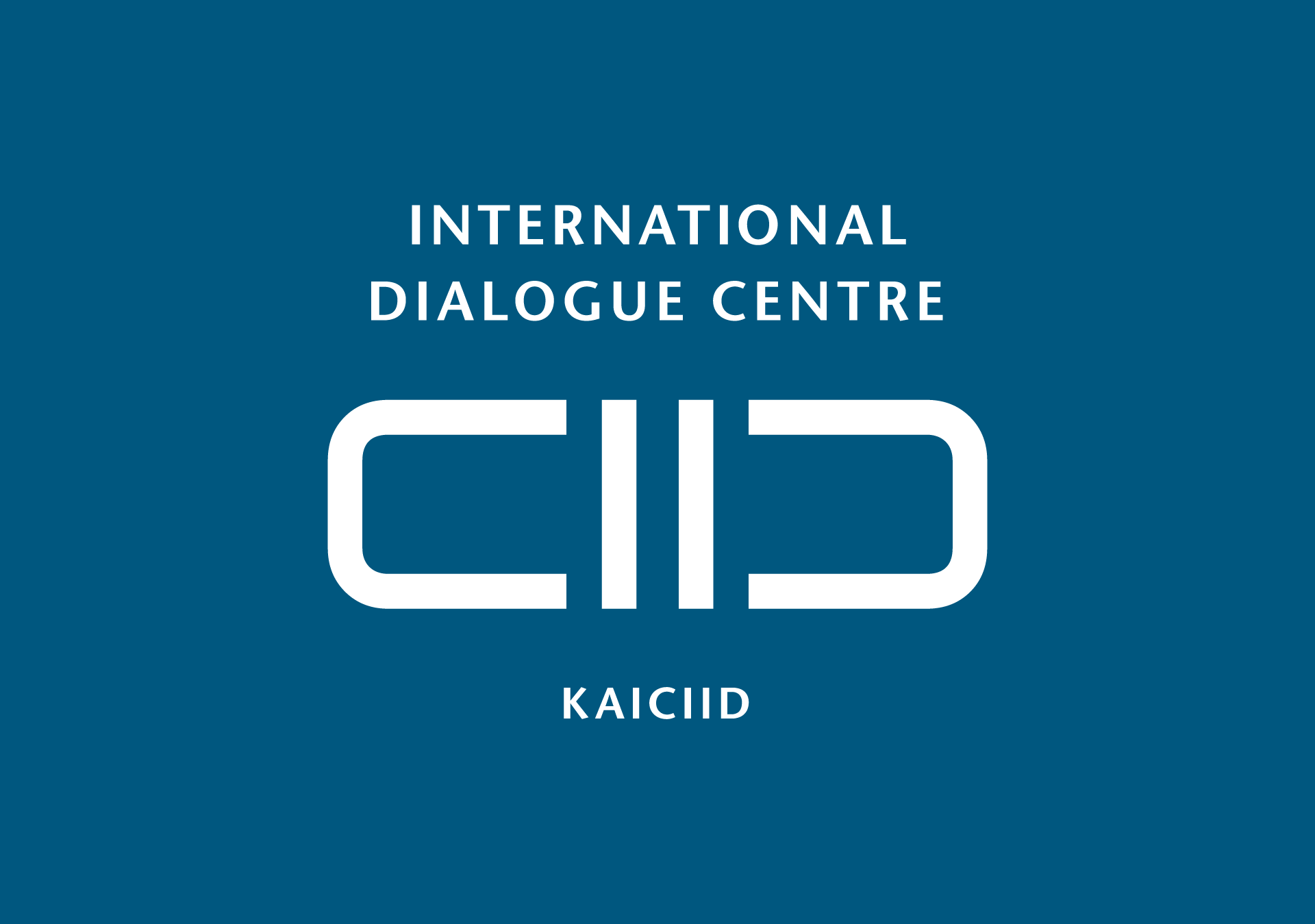Interreligious dialogue conference examines theoretical and practical concepts of dialogue

KAICIID hosted its first major international and interdisciplinary academic conference on “Dialogue beyond Dialogue” in Vienna on 10, 11, and 12 November, 2014. This conference addressed a growing interest in interreligious dialogue as a field of academic research, as well as a practical tool for peacebuilding. The event explored interreligious dialogue through a dialogical process bringing together academics and practitioners in a shared space to promote understanding of each other’s work, and how they can benefit from one another.
The participants came from academic institutions as well as a variety of organizations directly engaged in interreligious dialogue. Their expertise covered a wide range of disciplines, such as the academic study of religions, theology, sociology, philosophy, peace and conflict studies, organizational management, education etc., as well as monitoring and evaluation, which was seriously discussed in the study of interreligious dialogue for the first time.
As a conceptual framework, KAICIID organized this three-day conference along the lines of the distinction between ‘insider’ and ‘outsider’ to interreligious dialogue. ‘Insiders’ are considered to be personally involved in interreligious dialogue activities. ‘Outsiders’ are persons observing and/or studying interreligious dialogue without any personal engagement in it. They analyse interreligious dialogue as a historical fact, a socio-cultural phenomenon or a mental process, of a combination thereof. They take a more distanced view of the topic. At times, of course, some ‘insiders’ are also scholars using various ‘outsider’ approaches, thus complicating this initial binary categorization. A few participants at the event disagreed with its use, arguing that an insider/outsider distinction creates more boundaries or simply does not help in understanding the complex ways researchers and practitioners alike relate to interreligious dialogue. Others, however, thought that this perspective was useful, as it provided a spectrum of perspectives that contributed to nuancing the definitions of interreligious dialogue. On the whole, this categorisation sparked much discussion and a constructive debate that will contribute to further understandings in this field.
As a result of this conference, three books are foreseen. These volumes will expand the literature available to academics and practitioners alike. The first volume will address the results of the first day of the conference, which focused on interreligious dialogue from the ‘outside’. The second volume will examine interreligious dialogue from the ‘inside’. The third volume will explore the need for greater integration of monitoring and evaluation practices in the field of interreligious dialogue.
Monitoring and evaluating interreligious dialogue activities worldwide is becoming a major focus of KAICIID’s strategy to enhance the field of interreligious dialogue. It overlaps with its research agenda, in particular through the KAICIID peace mapping project, which includes global information, such as indicators of conflicts, conflict resolution, conflict transformation, political and religious violence, as well as perceptions of tolerance. The peace mapping project will integrate the results from the “Dialogue beyond Dialogue” conference in order to make its website an active resource for academics and practitioners who want to understand better the impact of this expanding field.
The conference participants provided their insights as to why more research in this area is necessary. One noted that; “further research… can help to bridge the gap between scholars and decision-makers in politics … for a greater consideration of religious diversity…”
